
Looking ahead to a new year with new resolutions, now is also a good time to reflect on the infectious diseases stories that helped shape 2018. The National Foundation for Infectious Disease (NFID) has compiled the top five important infectious disease stories of 2018, highlighting developments in disease prevention and treatment and the importance of timely vaccination across the lifespan. Join us as we take a look back at 2018 news…
1. Doctors Deliver Blunt Message About A Record 80,000 Flu Deaths
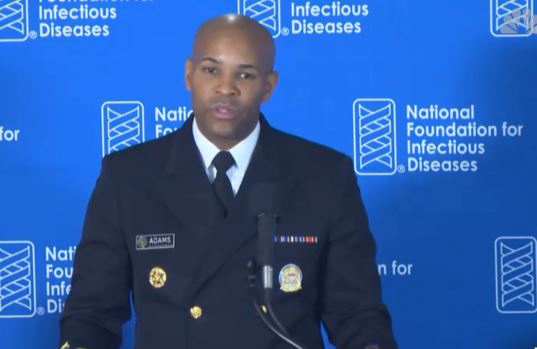
Flu killed 80,000 people this past season and put 900,000 into the hospital, making it the worst influenza season in decades, the Centers for Disease Control and Prevention (CDC) said. The numbers were shocking. Until now, CDC has said flu kills anywhere between 12,000 and 56,000 people a year, depending on how bad the flu season is, and that it puts between 250,000 and 700,000 into the hospital with serious illness. The numbers for the 2017-2018 flu season go far beyond that. Read more…
2. Shingles Vaccine Shortages Result From High Demand
 Shingrix®, the vaccine approved last year to prevent shingles, has proved so popular that its maker, GlaxoSmithKline, has not been able to produce it quickly enough to keep up with the demand. The vaccine is recommended for most people over 50. But many are having trouble getting it. The company says there are no manufacturing problems—it just didn’t expect so many consumers to want the vaccine. Read more…
Shingrix®, the vaccine approved last year to prevent shingles, has proved so popular that its maker, GlaxoSmithKline, has not been able to produce it quickly enough to keep up with the demand. The vaccine is recommended for most people over 50. But many are having trouble getting it. The company says there are no manufacturing problems—it just didn’t expect so many consumers to want the vaccine. Read more…
3. Urgent Care Clinics Are Prescribing Too Many Unnecessary Antibiotics, Study Says
 Nearly half of patients who go to urgent care clinics seeking treatment for a flu, cold, or other conditions that do not require antibiotics received a prescription for one anyway. That is three times as often as antibiotics are prescribed to patients with the same illnesses in traditional doctors’ offices, according to a study published. Patients who get unnecessary antibiotics are at risk for severe side effects, even with just one dose of the medicine, doctors say. Inappropriate use of these lifesaving drugs also puts everyone else at risk because overuse accelerates the emergence of resistant bacteria, or “superbugs,” that cannot be stopped with drugs. Read more…
Nearly half of patients who go to urgent care clinics seeking treatment for a flu, cold, or other conditions that do not require antibiotics received a prescription for one anyway. That is three times as often as antibiotics are prescribed to patients with the same illnesses in traditional doctors’ offices, according to a study published. Patients who get unnecessary antibiotics are at risk for severe side effects, even with just one dose of the medicine, doctors say. Inappropriate use of these lifesaving drugs also puts everyone else at risk because overuse accelerates the emergence of resistant bacteria, or “superbugs,” that cannot be stopped with drugs. Read more…
4. CDC Confirms 62 Cases Of Polio-Like Illness, Mostly Affecting Kids
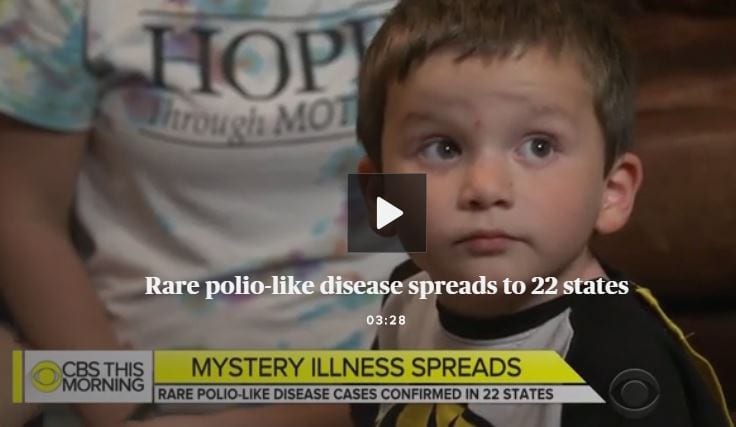
The Centers for Disease Control and Prevention (CDC) has confirmed 62 cases of the rare polio-like neurological condition acute flaccid myelitis, also known as AFM, so far this year in the US. More than 90 percent of the cases involved children 18 or younger, with an average age of just 4 years old. Cases have been confirmed in 22 states. Officials said they are looking at an additional 65 possible cases of AFM. Read more…
5. Measles Cases Top Last Year’s Total; Almost 50 Cases In One County
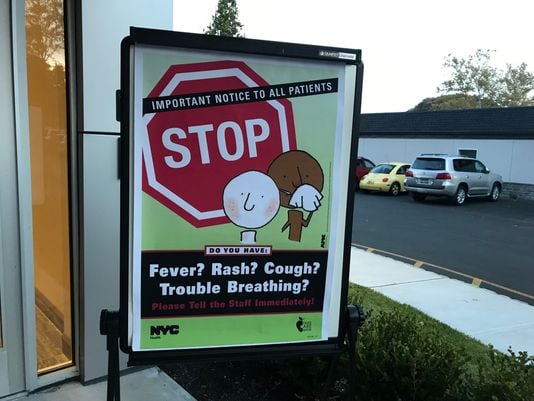
The number of measles cases in the United States so far this year has surpassed 2017 with the potential for about a quarter of the highly contagious respiratory infections to be occurring in one New York county north of New York City. Nationwide as of October 6, 142 measles cases had been reported, according to the Centers for Disease Control and Prevention (CDC). The number of people sickened, mostly unvaccinated, exceeded the 2017 total of 120 in mid-August. Read more…
To join the conversation and get the latest news on infectious diseases, follow NFID on Twitter, like us on Facebook, follow us on Instagram, join the NFID Linkedin Group, and subscribe to NFID Updates.
Related Posts
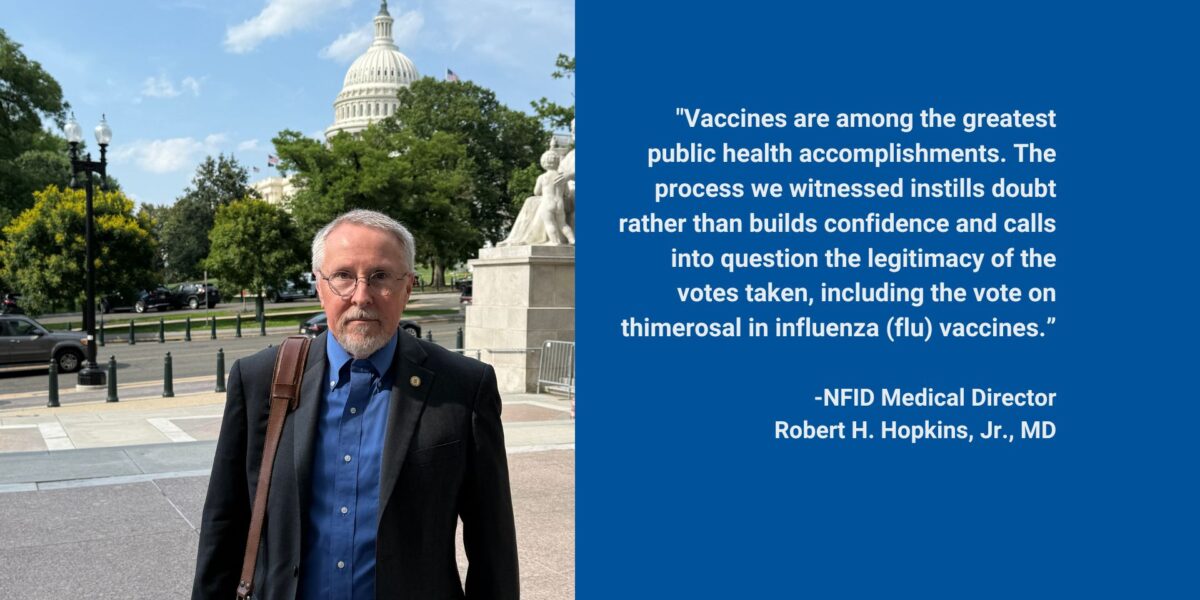
Flawed ACIP Process Leads to Confusion and Distrust
Public health experts and leading healthcare professionals share concerns regarding the June 2025 Advisory Committee on Immunization Practices (ACIP) meeting on US immunization policy …

Empowering Men to Prioritize Health
Staying up to date on all recommended vaccines and taking other steps to prevent illness helps ensure men are ready for what matters most—showing up for loved ones or simply enjoying life …
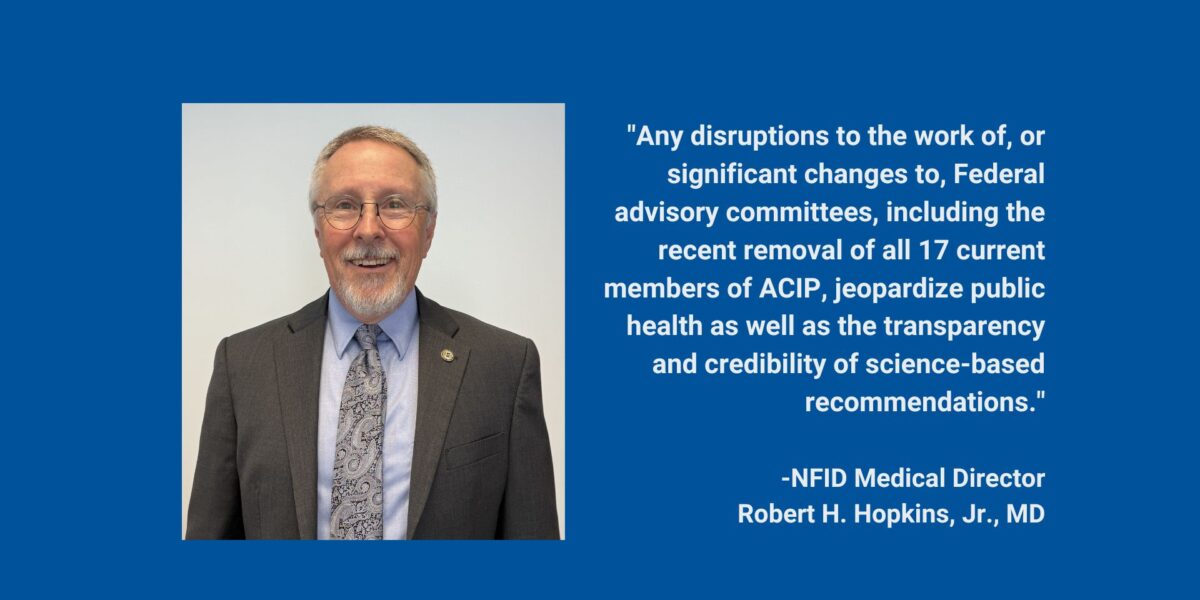
Experts Sound Alarm after ACIP Members Removed
Public health experts and leading healthcare professionals share concerns on the removal of all 17 members of the Advisory Committee on Immunization Practices (ACIP), which advises the Centers for Disease Control and Prevention (CDC) on the use of vaccines in the US
